This week, as part of our series celebrating women in our archives, we turn to the special story of Marianne Ellenbogen, née Strauss, whose papers are held at the University of Southampton’s Special Collections as MS324.
Marianne was born in Essen in Germany in 1923, the older of two children of Siegfried and Regina (Ina) Strauss. Marianne lived through the rise of the Nazi regime and went into hiding from them within Germany during the Second World War but her family were murdered in the Holocaust. Marianne survived and eventually she moved to the UK.
Amongst Marianne’s papers are ephemera from her school days, which paint an evocative picture of her childhood in Germany.


Marianne came from a prosperous Jewish family who did not manage to emigrate from Germany. Between 1941 and 1943 the family, also including Marianne’s maternal grandmother Anna Rosenberg, her uncle Alfred Strauss and his wife Lore, all lived under the protection of the Abwehr.
The Abwehr was the German military-intelligence service. From 1935-44 the Abwehr was under the leadership of Wilhelm Canaris; he was initially a supporter of Hitler, but he later opposed the Nazi regime through acts of passive and active resistance. Canaris was hanged at Flossenbürg concentration camp in 1945 by the Nazi regime, after his activities had come to light and as the Allies were moving through Germany.
Marianne’s family, including her uncle Alfred Strauss and aunty Lore Strauss née Dahl, tried to emigrate to the United States, as demonstrated by the affidavit signed by their cousin in Pennsylvania, Fritz Stern, who was trying to prove to authorities that he could support his cousins financially and that they wished to emigrate to America to ‘better their condition’.


In a letter written at Essen in Germany, dated 31 October 1940, from Marianne’s father Siegfried and her mother Ina to their uncle Marcus in New York, they write to congratulate their relative Otto on his bar mitzvah, possibly a grandson of their cousin Marcus, and they express their regrets that they cannot be with their family in New York:
“How good it is that you, Uncle Marcus, have your children and grandchildren around you and can you enjoy their well-being every day. Last year we thought we would be with you at least at this time, but this seems to be a long way off […].”
Letter from Siegfried Strauss to Uncle Marcus in New York, 31 Oct 1940 [MS324/2/1/4]
In a letter from Marianne’s father Siegfried to his cousin Fritz in New York dated 16 January 1941, an update is given on the tortuous process of getting their emigration papers approved:
“Dear Fritz, our emigration now seems to be in flux. The consulate in Stuttgart has asked all holders of quota numbers up to 30,000 to send in their papers. As Alfred already explained, we must once again ask you, Fritz, to renew the guarantees. We regret having to try again.
Nothing has changed in our personal details. We would be grateful to you, Fritz, if you would send the papers here as quickly as possible; perhaps it would be advisable to send a duplicate to the consulate in Stuttgart at the same time. I hope that you and your family are doing well and we would like to thank you again very much for your efforts. With many greetings to you and your family also on behalf of my wife.
Your cousin, Siegfried”
Letter from Siegfried Strauss, Essen, to Fritz Stern, New York, 16 Jan 1941 [MS324/2/1/4]
The letters from Ina and Siegfried Strauss to their relatives abroad continue into late 1941, when they send Rosh Hashanah greetings:
“My dears! Now the Rosh Hashanoh festival is approaching and I send you all our deepest wishes. May the good Lord give you health, happiness and peace to all of us. This time of the year, which offers more opportunity than any other for reflection, should not cause us to look back with sadness, but rather to look courageously into the future, whatever may come […] We were happy to hear from you all, how you organize your lives and what you all do. By now you will hopefully have received our last letter. Dear Hugo will be safely at home for the holidays. Marianne has been here since Saturday and we are very happy with our big daughter. She has about 3 weeks of vacation.”
Letter from Ina Strauss to Otto, 4 September 1941 [MS324/2/1/4]
“My dear ones, I send you my warmest congratulations on the turn of the year. May all the wishes we have come true and the time when we will meet again will not be far away. We were very pleased with your letter after such a long time and saw from it that you have plans to move. We will also be moving back to Ladenspelderstrasse in October, as their apartments will be used for other purposes. […] Our circle of relatives and friends has become smaller and smaller and so there is little to report. We will hear from you again soon and send you all warmest regards.”
Letter from Siegfried Strauss to Otto, 4 September 1941 [MS324/2/1/4]
Until October 1941, German policy officially encouraged Jewish emigration. Gradually, however, the Nazis deprived Jewish people fleeing Germany of their property by levying an increasingly heavy emigration tax and by restricting the amount of money that could be transferred abroad from German banks. There were also immigration quotas imposed by the countries Jewish people were seeking safe haven in.
In August 1943, with the collapse of the Abwehr, the Strauss family were arrested, sent to Theresienstadt and later deported to Auschwitz. Marianne fled and went on the run, aided by the Bund-Gemeinschaft für sozialistisches Leben (Union for a Socialist Life), and spent two years travelling across Germany. The Union for a Socialist Life was a German socialist organization founded in 1924 that resisted the Nazis and helped to save the lives of many other Jewish people besides Marianne.
Marianne was in Dusseldorf when the war ended and remained there until she joined her husband in the UK – Basil Ellenbogen, a British Jewish officer attached to the occupation forces. Marianne Ellenbogen lived in Liverpool until her death in 1996.



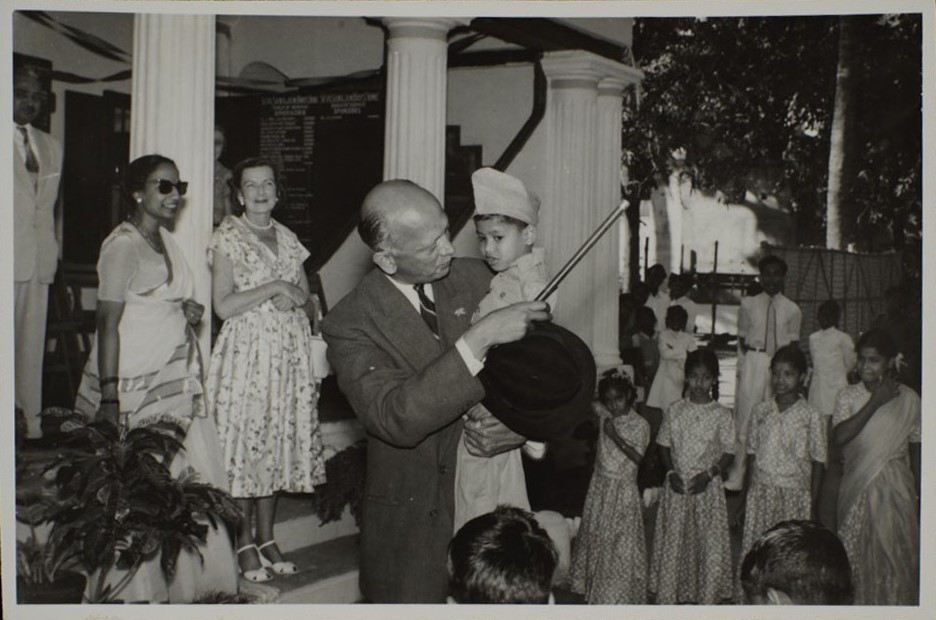
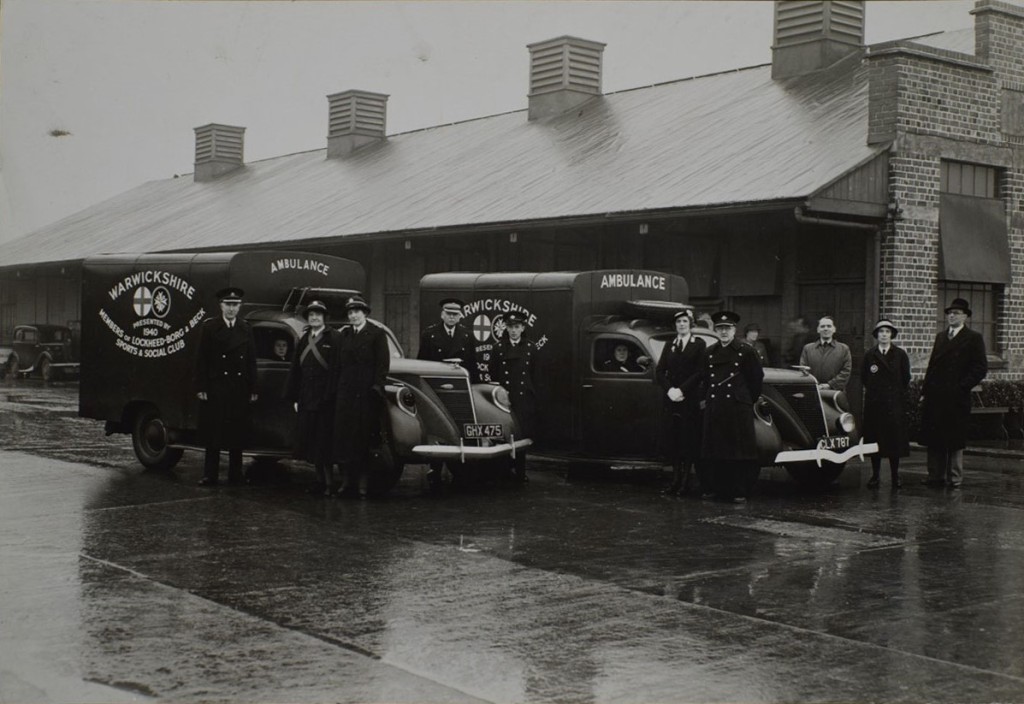









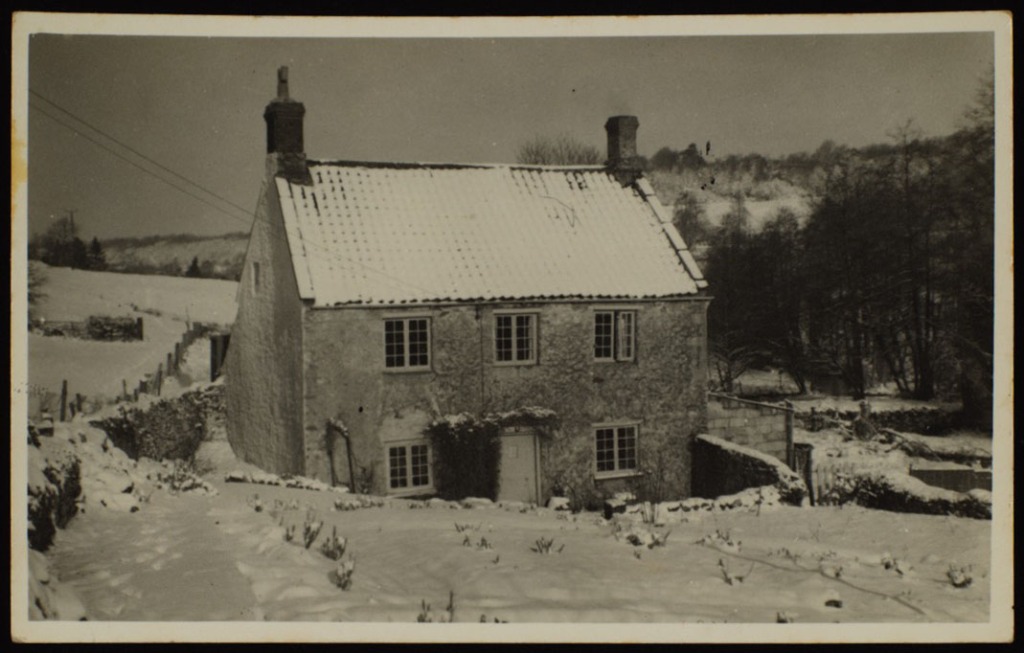



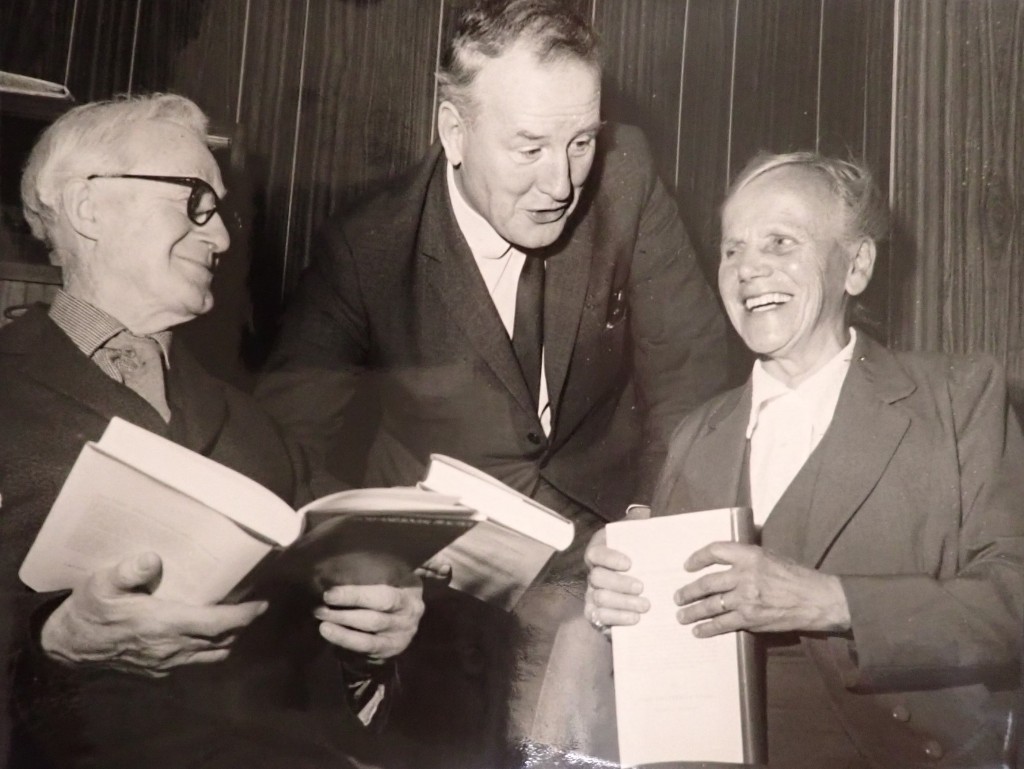
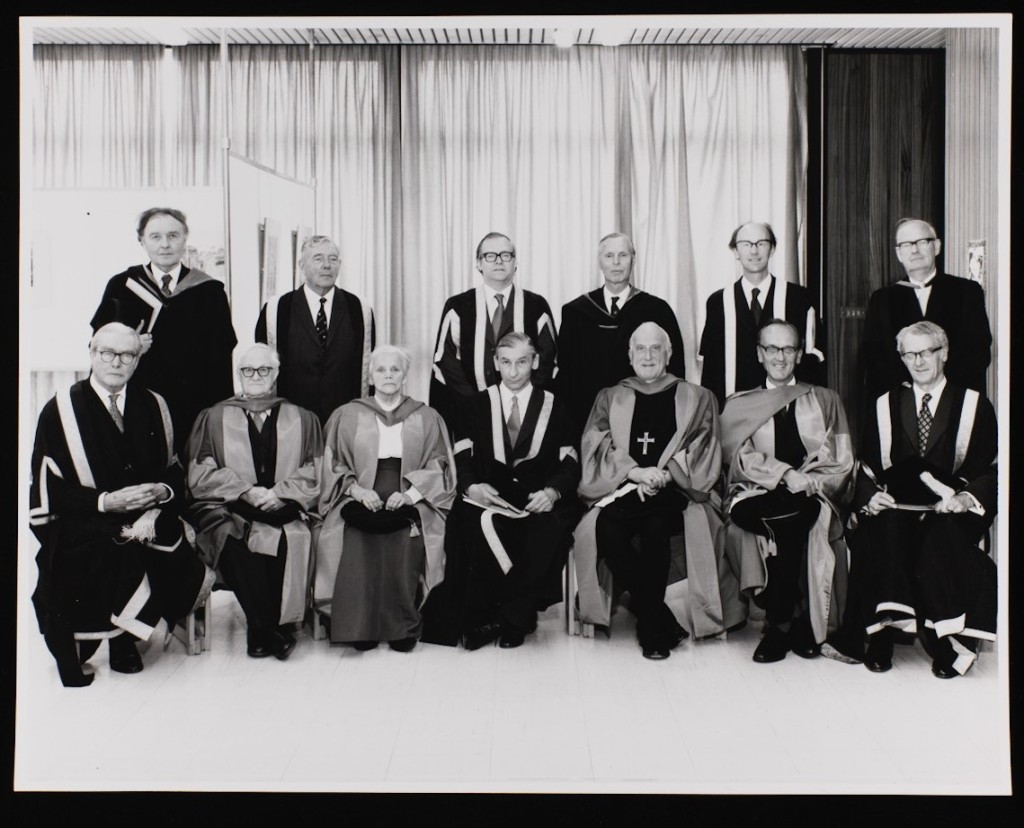

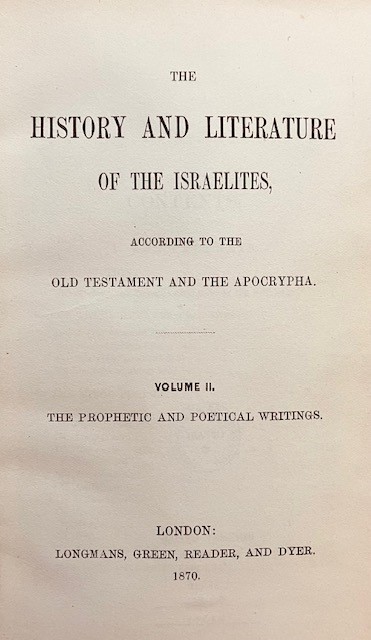



















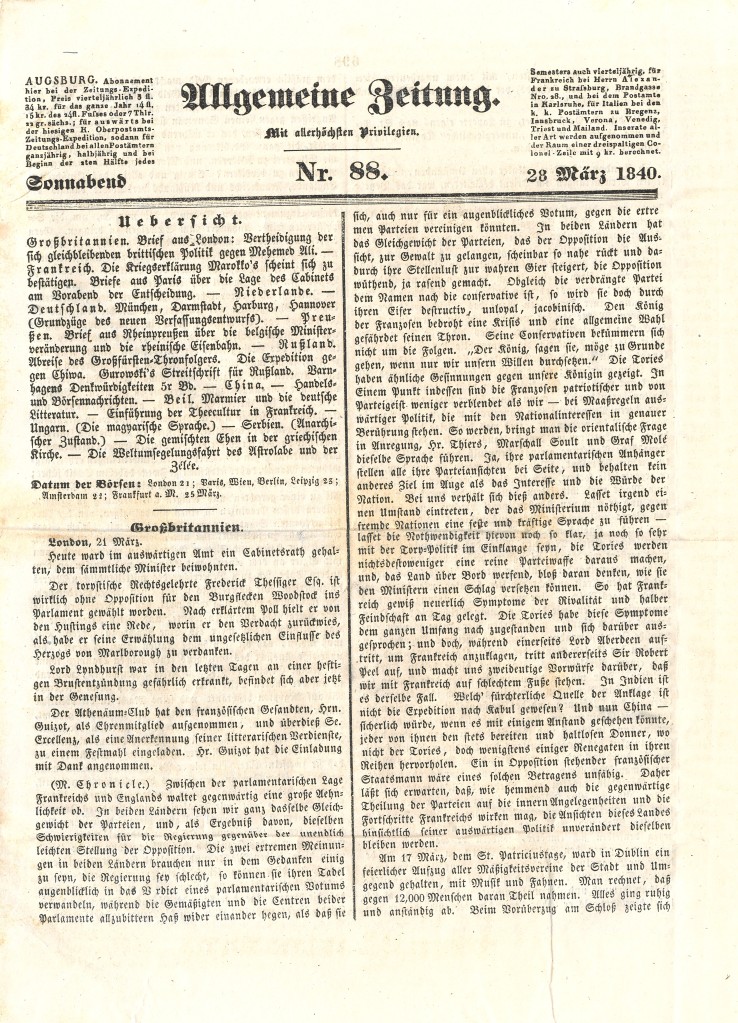







![Men's football team, 1953-4 [photo_MS1_7_291_22_4] Men's football team, 1953-4 [photo_MS1_7_291_22_4]](https://live.staticflickr.com/65535/50089268168_f26eed63ef_s.jpg)
![Women's rowing team, 1961-2 [MS1_7_291_22_4] Women's rowing team, 1961-2 [MS1_7_291_22_4]](https://live.staticflickr.com/65535/50090079577_3b7acbde42_s.jpg)
![Men's rugby team, 1953-4 [MS1_7_291_22_4] Men's rugby team, 1953-4 [MS1_7_291_22_4]](https://live.staticflickr.com/65535/50089268523_4f2c587220_s.jpg)
![Women's hockey team, 1953-4 [MS1_7_291_22_4] Women's hockey team, 1953-4 [MS1_7_291_22_4]](https://live.staticflickr.com/65535/50090079692_28114e9c7d_s.jpg)